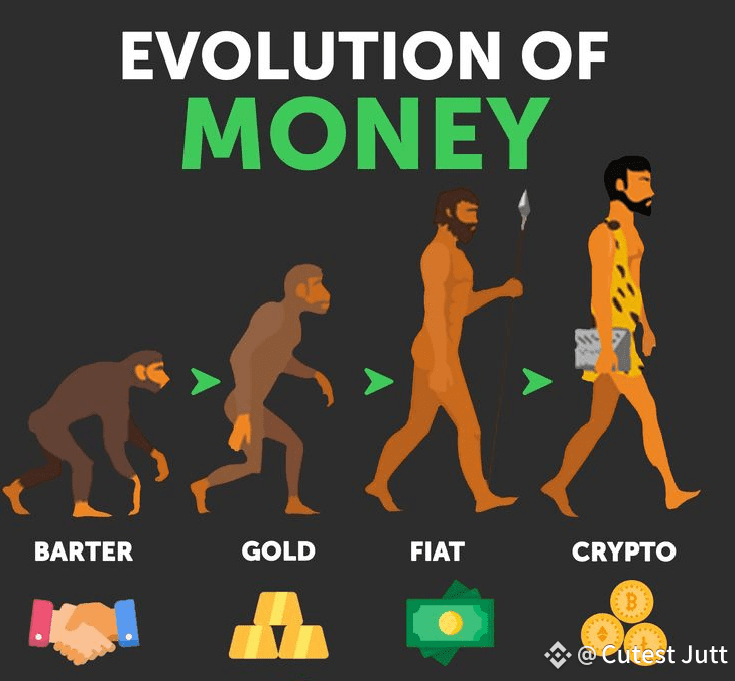progressed from simple barter to complex digital transactions. Initially, societies used bartering, then transitioned to using valuable commodities as currency, followed by coins, paper money, and eventually, electronic and digital forms of payment. This shift has been driven by technological advancements and the increasing need for faster, more convenient, and secure ways to exchange value.
Here's a more detailed look at the key stages:
Barter:
The earliest form of exchange, where goods and services were traded directly for other goods and services. This system had limitations due to the "double coincidence of wants," where both parties needed to possess something the other desired.
Commodity Money:
Certain goods, like livestock or grains, were used as a medium of exchange due to their intrinsic value and relative scarcity.
Metallic Money:
Coins, initially made of precious metals, provided a more standardized and convenient form of currency.
Paper Money:
Receipts for deposited gold or other valuables held by goldsmiths eventually became a circulating form of payment, leading to the development of paper money.
Plastic Cards:
The introduction of credit and debit cards revolutionized payments, minimizing the need to carry large amounts of cash.
Digital Payments:
The rise of the internet and mobile technology has led to the widespread adoption of digital wallets, online banking, and mobile payment apps.
The evolution continues with the emergence of cryptocurrencies and other innovative payment solutions, constantly reshaping the financial landscape. This ongoing evolution reflects humanity's drive to improve the efficiency and accessibility of financial transactions. $BNB $BTC #BinanceAlphaAlert #PowellWatch #MarketPullback 


